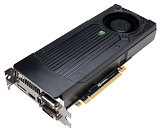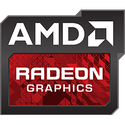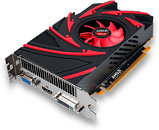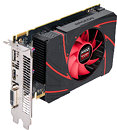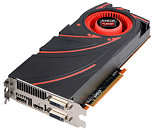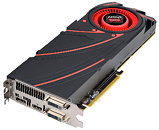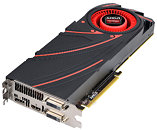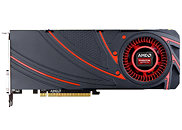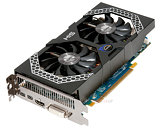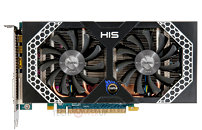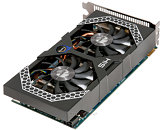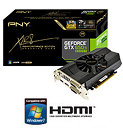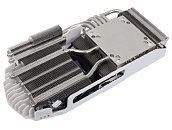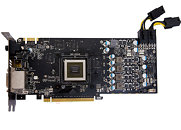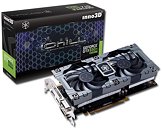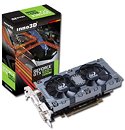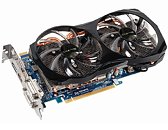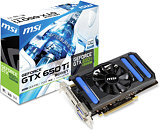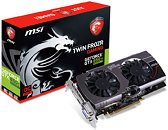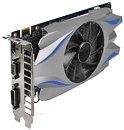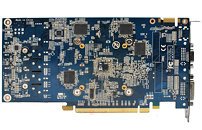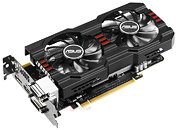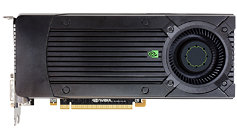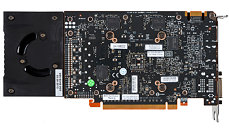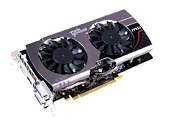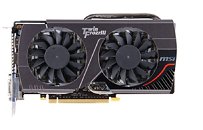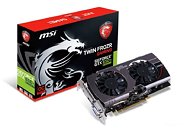
NVIDIA Sets Up Price Cuts in Response to Radeon R9 Series
In the wake of AMD rolling out the $299 Radeon R9 280X, $199 Radeon R9 270X, and $139 Radeon R7 260X; NVIDIA is giving final touches to price cuts to several of its SKUs, beginning with the GeForce GTX 650 Ti Boost. Originally priced at $149, pricing of the card could be adjusted closer to that of the R7 260X. Our review of the card revealed NVIDIA's offering to be a staggering 24 percent faster overall. NVIDIA could also lower the price of the now $180 GeForce GTX 660. All eyes, however, are on the $249 GeForce GTX 760, which is sandwiched by AMD's offerings.
There's also talk of NVIDIA developing a new SKU, possibly the "GeForce GTX 760 Ti" or "GeForce GTX 765" (likely names), to occupy the $240~260 price range. We expect this chip to be essentially an overclocked GeForce GTX 670 with GPU Boost 2.0; which may not quite go after the R9 280X, since it's already performing on par with the GeForce GTX 770. The new price cuts could take effect very soon; although DigiTimes isn't ruling out a second round of price-cuts in November, either.
There's also talk of NVIDIA developing a new SKU, possibly the "GeForce GTX 760 Ti" or "GeForce GTX 765" (likely names), to occupy the $240~260 price range. We expect this chip to be essentially an overclocked GeForce GTX 670 with GPU Boost 2.0; which may not quite go after the R9 280X, since it's already performing on par with the GeForce GTX 770. The new price cuts could take effect very soon; although DigiTimes isn't ruling out a second round of price-cuts in November, either.
